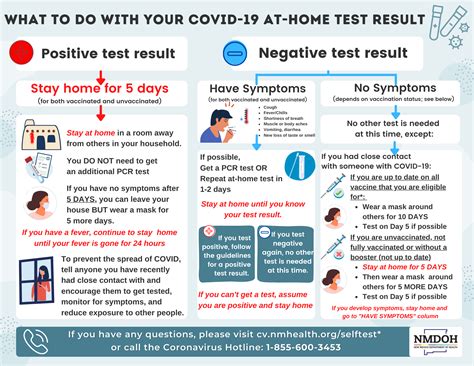Flying Insects Inside House
Flying insects inside a house can be a nuisance and a health concern. These unwanted visitors can range from harmless gnats to disease-carrying mosquitoes and flies. Understanding the types of flying insects that commonly invade homes, their attraction to indoor environments, and effective methods for control and prevention is essential for maintaining a comfortable and healthy living space.
Common Flying Insects Found Inside Houses
Several species of flying insects are known to infiltrate homes, each with its own unique characteristics and reasons for invasion. Houseflies are among the most common, known for their ability to spread disease due to their feeding habits. Mosquitoes, infamous for their biting behavior, can also find their way into homes, posing significant health risks by transmitting diseases like malaria, dengue fever, and Zika virus. Additionally, gnats, fruit flies, and moths can become indoor pests, often attracted to moisture, food, or light sources.
Attraction to Indoor Environments
Flying insects are typically attracted to indoor environments for a few key reasons: food, moisture, and shelter. Food sources can include anything from sweet or fermented substances for fruit flies and gnats, to decaying matter for houseflies. Moisture is another significant attractant, as many flying insects require high humidity to thrive. Finally, light sources, especially at night, can draw in nocturnal flying insects like moths and certain species of beetles.
| Type of Insect | Common Attractants |
|---|---|
| Houseflies | Decaying matter, human waste, garbage |
| Mosquitoes | Standing water, high humidity, human blood |
| Gnats | Moist soil, overwatered plants, sweet substances |
| Fruit Flies | Fermenting fruit, soda, wine, and beer |
| Moths | Light sources, especially at night, and fabric |
Methods for Control and Prevention
Controlling and preventing the invasion of flying insects into homes requires a multifaceted approach. Physical barriers, such as screens on windows and doors, can prevent initial entry. Chemical controls, including insecticides and repellents, can be effective but should be used with caution and in accordance with safety guidelines. Biological controls, like introducing natural predators or using microbial insecticides, offer a more environmentally friendly option. Additionally, cultural controls, which involve modifying human behavior and environment to discourage insect habitation, are essential. This includes practices such as regularly cleaning up food debris, avoiding overwatering plants, and ensuring all containers holding water are tightly sealed.
Biological and Cultural Controls in Depth
Biological controls leverage the natural ecosystem to manage insect populations. For example, certain species of wasps and spiders prey on flying insects and can be encouraged in the home environment. Cultural controls focus on altering human behavior and the indoor environment to make it less conducive to insect infestations. This can include regular cleaning of surfaces, especially in kitchens and dining areas, proper storage of food and waste, and maintenance of plumbing and appliances to prevent moisture accumulation.
Evidence-Based Future Implications
As the global climate continues to change, the distribution, behavior, and prevalence of flying insects are likely to shift. This could lead to the emergence of new pest species in previously unaffected areas, altering the dynamics of indoor insect management. Climate-resilient strategies for controlling flying insects will become increasingly important, focusing on adaptable and sustainable methods that can respond to changing environmental conditions.
What are the most common flying insects found inside houses?
+The most common flying insects found inside houses include houseflies, mosquitoes, gnats, fruit flies, and moths. Each type is attracted to different environments and can pose various health and nuisance risks.
How can I prevent flying insects from entering my home?
+Prevention involves sealing all entry points, including installing screens on windows and doors, ensuring tight seals on containers holding food or water, and eliminating standing water and moisture accumulation areas.
What are some effective methods for controlling flying insects indoors?
+Effective control methods include physical barriers, chemical controls like insecticides, biological controls such as introducing natural predators, and cultural controls that involve modifying human behavior and the environment to discourage insect habitation.

